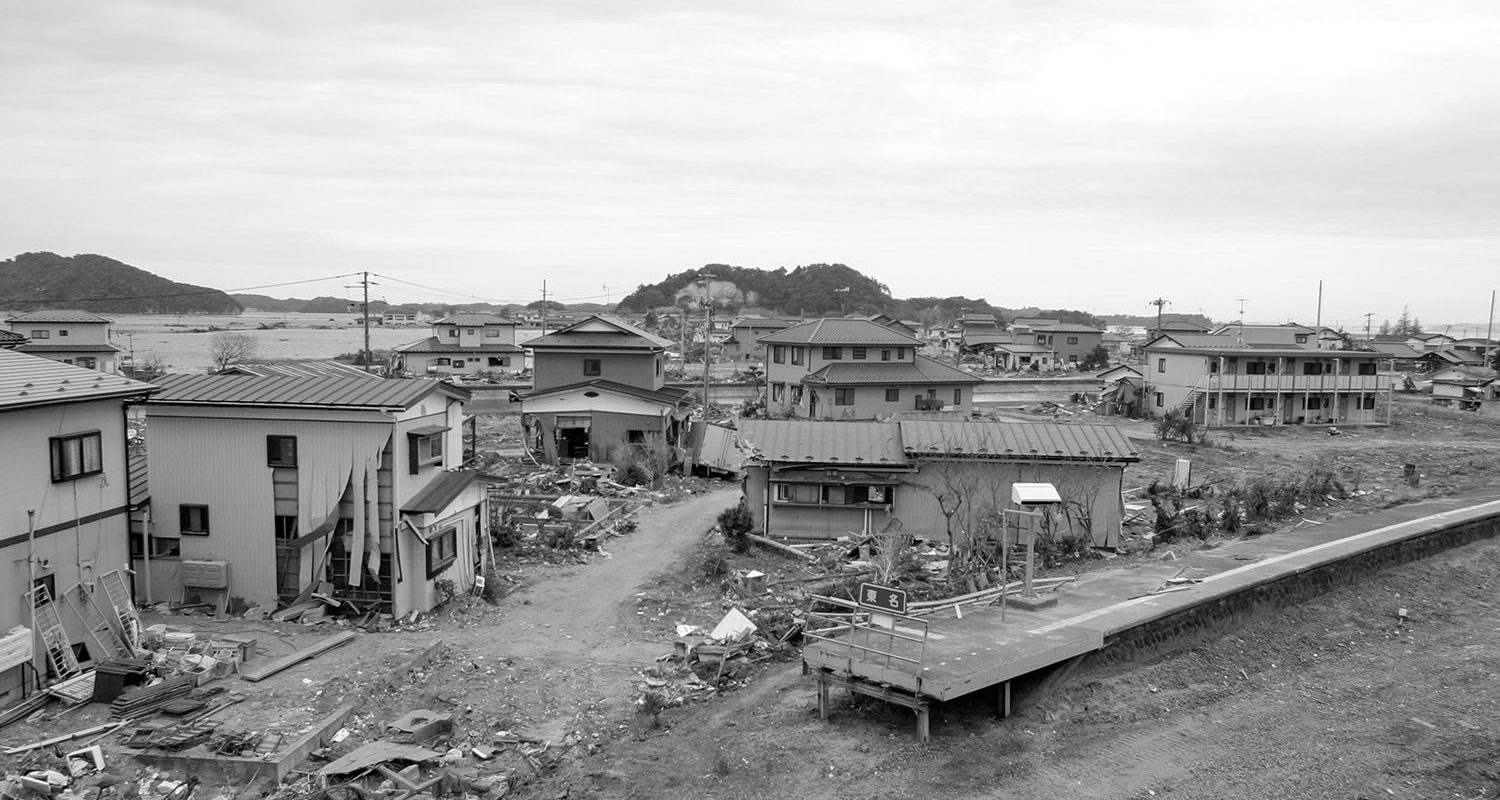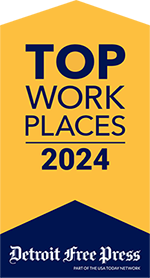Incident Type
Environmental Disaster
Location
Japan
Media Report Details
Deaths: Over 18,000
Number of Homes Destroyed: Over 123,000
Estimated Costs of Damage: $220 billion USD in Japan alone, $31 million USD in Hawaii, and $100 million USD in damage to marine facilities in California. Damage was also reported in French Polynesia, the Galapagos Islands, Peru, and Chile.
What happened?
On March 11, 2011, an earthquake of 9.1 (Mw) magnitude struck the northeast coast of Japan. The earthquake generated a massive tsunami that hit the coast within 30 minutes, crushing over seawalls and disabling three nuclear reactors within three days. The tsunami had a maximum wave height of almost 40 meters (130 feet). It is estimated by researchers that 2,000 kilometers of Japan’s Pacific coast was impacted by the tsunami.
The damage of this natural disaster was astronomical: it resulted in the loss of over 18,000 people, including several thousand victims who were never recovered, and the destruction of more than 123,00 homes, with damage to almost a million more. Huge areas of land were flooded, which contributed to the destruction to homes and buildings.
The tsunami and earthquake impacted the Fukushima nuclear plant, creating a radioactive catastrophe that released radiation into the environment.
As a result of the tsunami and the toxic environment, more than 450,000 Japanese people became homeless as thousands were forced to evacuate their homes and businesses.
In addition, the tsunami crippled the infrastructure of the country, destroying businesses, roads, and railways.
The Tohoku earthquake and tsunami was the most expensive natural disaster in history in terms of damage and recovery.
Who did R3 support?
As part of the crucial recovery support process, a large airline carrier needed to continue flight operations between the U.S. and Japan in order to fly experts and various supplies into the affected areas. Naturally, the flight crews assigned to these flights had concerns about travel to the area. Many were worried for their health and overall safety due to the conditions and potential for radiation exposure. These flight crews needed support in order to complete their mission.
Why was R3 called in?
Trained in helping employers to support their employees using solutions tailored to nuanced situations, R3 was brought in to assist the airline carrier and its crews.
R3 consultants were positioned at the hotel outside of the Narita International airport in Japan, where the flight crews were staying. While there, the team of consultants met with leadership to provide expert advice on their messaging to flight crews, in addition to participating in large group briefings with executives. The R3 team also met with nuclear physicists to receive radiation updates on the situation and ensure it was safe for flight crews to be there.
What was the impact of R3’s support?
Through the support provided by R3, the airline carrier’s employees were able to complete their mission. R3 crisis consultants played a key role in helping the airline carrier to address their flight crews’ safety concerns and make them feel comfortable under stressful conditions—allowing the necessary recovery efforts and operations to continue in Japan.
Though an event of this nature is rare, natural disasters such as these can and will continue to happen. Don’t wait till after disruption occurs to navigate how you will support your people. Talk to us today to learn more about how you can prepare for disruption of all sizes with R3’s tailored support solutions.







